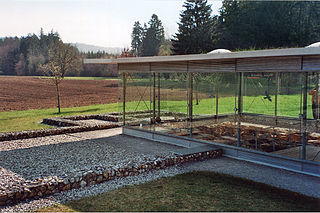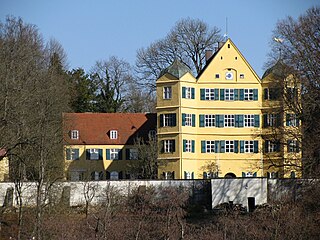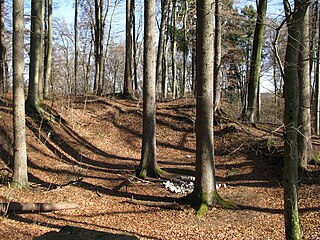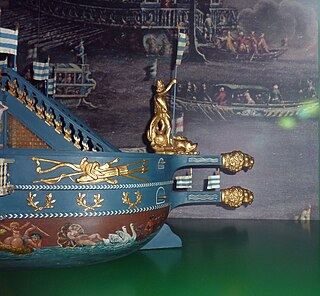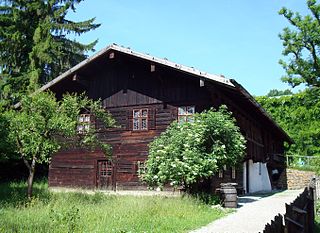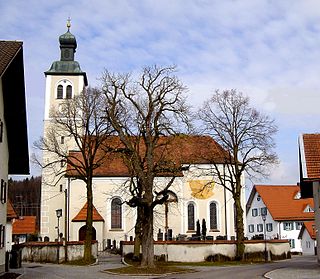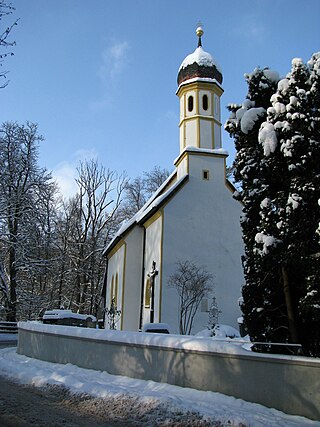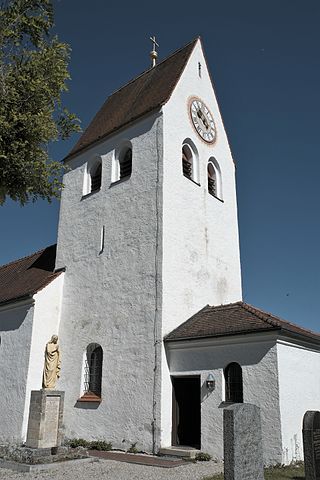9 Sights in Starnberg, Germany (with Map and Images)
Legend
Welcome to your journey through the most beautiful sights in Starnberg, Germany! Whether you want to discover the city's historical treasures or experience its modern highlights, you'll find everything your heart desires here. Be inspired by our selection and plan your unforgettable adventure in Starnberg. Dive into the diversity of this fascinating city and discover everything it has to offer.
1. Villa Rustica Leutstetten
Villa Rustica near Leutstetten is the archaeological place of a Roman estate (Villa Rustica), which existed for around fifty years. The area of the small manor house, which was buried from 2001 to 2002, was made accessible to the public and is located on the edge of agricultural corridors south of the village of Leutstetten in Upper Bavaria today belonging to the district town of Starnberg. In addition to the bathroom of the courtyard, the finds from a fountain and the grave inscription from St. Alto from the Leutstetten branch church are in particular of scientific interest.
2. Schloss Leutstetten
Leutstetten Castle stands in Leutstetten not far from Starnberg on a hill above the Leutstetten Moos. The Renaissance-style complex includes a small, fenced park. The castle and park are not open to the public. The complex is listed as an architectural monument under the file number D-2-61-000-479. "Underground early modern findings in the area of Leutstetten Castle" are also listed as a ground monument under the file number D-1-7934-0296.
3. Burgstall Karlsburg
The Burgstall Karlsburg, also called Karlsberg, is a former hilltop castle at 633 m above sea level above the Würm valley about 750 metres northwest of the branch church of St. Alto von Leutstetten in the district of Starnberg in Upper Bavaria. The striking mountain spur was probably already settled in prehistoric times and was expanded in the High Middle Ages into one of the largest castle complexes in the region. The complex is listed as a ground monument under the file number D-1-7934-0050 in the Bavaria Atlas as a "Burgstall of the High Middle Ages ("Karlsburg") as well as a settlement of prehistoric times".
4. Bucentaurpark „Schiffswiesen“ mit Planetenweg
The Bucentaur was a magnificent ship of the Bavarian electors on Lake Starnberg. It was the largest rowing ship on a German inland waterway and stood in the tradition of the ships of the Bavarian rulers maintained on Lake Starnberg since the middle of the 15th century. The Bucentaur, built between 1662 and 1664, was modelled on the ship of state of the Doge of Venice, the Bucintoro. The Bavarian Bucentaur served Baroque splendour with days of sea festivals and hunts, which the Wittelsbachs staged in competition with the other great princely houses of Europe. The highlight is the water festivals of the Electors Max Emanuel and Karl Albrecht against the background of their great power politics.
5. Museum Starnberger See
The Museum Starnberger See is a museum of cultural history in the Upper Bavarian district town of Starnberg. It is one of the tourist attractions of the Starnberg Five Lakes Region. With the help of outstanding exhibits, it tells of the diverse uses of Lake Starnberg over the centuries. From the courtly festivals of the Bavarian ruling house, the focus of which was the magnificent ship Bucentaur (built in 1662), to the colonization of the region by Munich citizens, to the simple life of fishermen and farmers, the museum covers the entire spectrum of society.
6. St. Josef
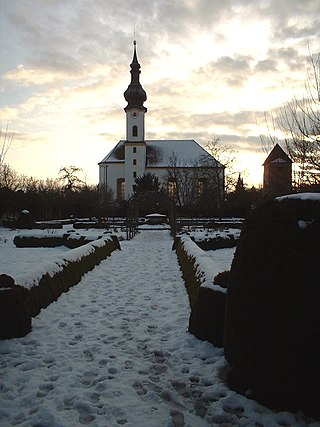
St. Josef is a branch church in Starnberg from the Rococo. It was created in the second half of the 18th century, and the high quality of the equipment is significant. The most famous is the high altar of the church, a work by Ignaz Günther. The church is listed.
7. Mariä Heimsuchung
Mariä Heimsuchung, the Catholic parish church in Perchting, was rebuilt in the Rococo style after a fire between 1768 and 1774. The magnificent interior of the church belongs to the Diocese of Augsburg. The patron saint is the feast of the Visitation of the Virgin Mary on 2 July. The church and the cemetery surrounding it are listed as historical monuments.
8. St. Alto
The Church of St. Alto is a Roman Catholic church of the Archdiocese of Munich-Freising in Leutstetten, a district of Starnberg, Germany. It is dedicated to St. Alto, who worked as a hermit in the 8th century in the area of today's Altomünster.
9. St. Michael
The Catholic branch church of St. Michael in Hanfeld, a district of Starnberg in the Upper Bavarian district of the same name, was probably built in the 14th century as a choir tower church. The church houses an altar from the early Renaissance on permanent loan from the Diocese of Augsburg.
Share
How likely are you to recommend us?
Disclaimer Please be aware of your surroundings and do not enter private property. We are not liable for any damages that occur during the tours.
